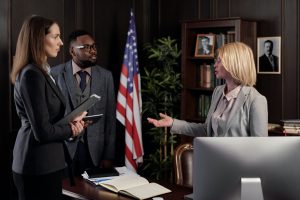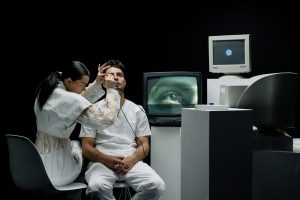
As Part II of this four-part series illustrates, most C-suites and boards exempt the corporate law function from accountability for anticipating, preparing contingency efforts against, and decisively neutralizing — legal and regulatory dangers that have not yet mutated into full-blown lawsuits, agency enforcement actions, or some other catastrophe. In each of Boeing’s 737 Max crashes, General Motors’ ignition switch tragedy, and Blue Bell Creameries’ listeria outbreaks, this appears to have been the case.
The result in each situation was a gaping legal and regulatory hole in what should have been a comprehensive shield of company-wide, managed compliance. Leaving senior leadership open to being blindsided by devastating surprises.
In commenting on the General Motors ignition switch tragedy, former GE General Counsel Ben Heineman, Jr. has called this as the “ignorance defense”. Continue reading
 Managing Legal
Managing Legal








